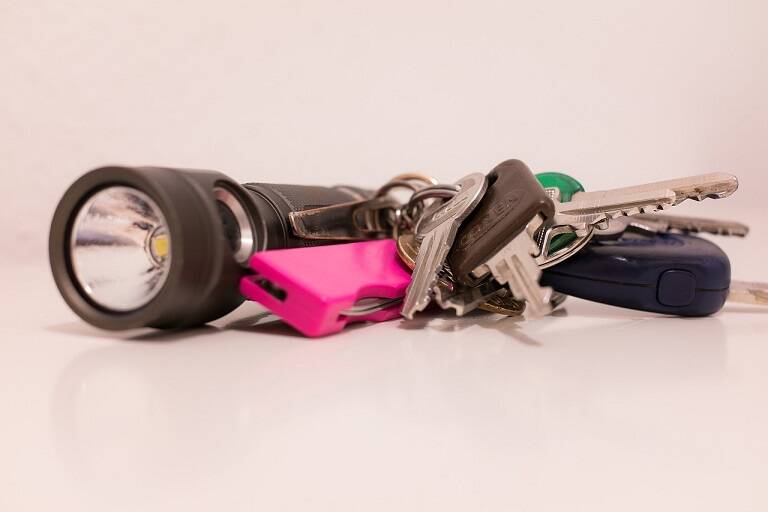Why Self-Defense Should Be Part of Your Personal Safety Plan
Personal safety is a top priority for many people. Creating a thorough personal safety plan is crucial, and self-defense is an important component of this plan.
This article delves into the crucial role of self-defense in personal safety plans, offering detailed advice and strategies to improve your safety and peace of mind.

The Importance of Self-Defense
Self-defense is more than just physical techniques to fend off an attacker; it is a mindset and a set of skills that can significantly increase your ability to protect yourself. Incorporating self-defense into your personal safety plan equips you with the confidence and preparedness to handle various threatening situations.
Types of Self-Defense Techniques
1. Physical Self-Defense Techniques
Physical self-defense involves using your body to protect yourself. Techniques vary depending on the situation, but they generally include:
2. Verbal Self-Defense Techniques
Verbal self-defense is about using words to de-escalate a situation before it turns physical. Key strategies include:
3. Psychological Self-Defense Techniques
Psychological self-defense involves mental strategies to prepare and protect yourself. These include:

Incorporating Self-Defense into Your Personal Safety Plan
1. Assess Your Personal Risks
Understanding the specific risks you may face is the first step in creating an effective personal safety plan. Consider factors such as your daily routine, the areas you frequent, and any specific threats you may encounter.
2. Choose Appropriate Self-Defense Training
Selecting the right self-defense training program is crucial. Look for reputable instructors and programs that offer comprehensive training in physical, verbal, and psychological self-defense techniques. Many martial arts schools and community centers offer classes tailored to different skill levels and needs.
3. Practice Regularly
Regular practice is essential to maintain and improve your self-defense skills. Incorporate self-defense drills into your routine to ensure that your techniques remain sharp and effective. Consider practicing with a partner to simulate real-life scenarios.
4. Equip Yourself with Self-Defense Tools
Carrying self-defense tools can enhance your ability to protect yourself. Some commonly recommended tools include:
5. Develop a Safety Network
Building a network of trusted individuals who can support you in emergencies is an important aspect of personal safety. Share your safety plan with close friends or family members, and establish a system for checking in with each other regularly.
6. Stay Informed
Keeping up-to-date with current safety information and self-defense techniques is vital. Attend workshops, read articles, and participate in online forums to stay informed about the latest strategies and tools available.
Why Self-Defense in Personal Safety Plans?
1. Increased Confidence
Learning self-defense techniques can significantly boost your confidence. Knowing that you have the skills to protect yourself can reduce fear and anxiety in potentially dangerous situations.
2. Enhanced Physical Fitness
Many self-defense programs also provide a great workout. Regular training can improve your strength, flexibility, and overall physical fitness, which are all beneficial in a self-defense scenario.
3. Improved Situational Awareness
Self-defense training emphasizes the importance of situational awareness. This heightened awareness can help you identify and avoid potential threats, reducing the likelihood of an attack.
4. Empowerment
Self-defense empowers individuals by giving them control over their own safety. This sense of empowerment can translate into other areas of life, fostering a greater sense of independence and resilience.
Conclusion
Incorporating self-defense into your personal safety plan is a proactive step toward ensuring your safety and well-being. By understanding the different types of self-defense techniques and how to integrate them into your daily life, you can enhance your ability to protect yourself and respond effectively in emergencies. Regular practice, staying informed, and building a supportive network are all essential components of a comprehensive personal safety plan.
Certain content that appears on this site comes from Amazon. As an Amazon Associate, we earn from qualifying purchases. Read the full Disclaimer Here!




